Climate & Environment
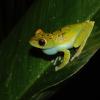 A far-reaching global study led by EBIO scientists has found that climate is a critical determinant of microbial diversity on amphibian skin.
A far-reaching global study led by EBIO scientists has found that climate is a critical determinant of microbial diversity on amphibian skin.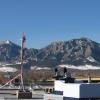 Using cutting-edge instrumentation, CIRES researchers are able to track and differentiate sources of methane, a greenhouse gas and air pollutant.
Using cutting-edge instrumentation, CIRES researchers are able to track and differentiate sources of methane, a greenhouse gas and air pollutant.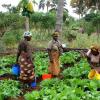 When more women are involved in group decisions about how to manage land, the group conserves more—particularly when offered financial incentives, new research shows.
When more women are involved in group decisions about how to manage land, the group conserves more—particularly when offered financial incentives, new research shows.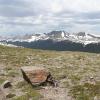 Thawing permafrost in high-altitude mountain ecosystems may be a stealthy, underexplored contributor to atmospheric carbon dioxide emissions.
Thawing permafrost in high-altitude mountain ecosystems may be a stealthy, underexplored contributor to atmospheric carbon dioxide emissions.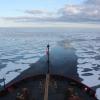 Arctic sea ice likely reached its maximum extent for the year at 5.71 million square miles, effectively tied for seventh lowest in the 40-year satellite record.
Arctic sea ice likely reached its maximum extent for the year at 5.71 million square miles, effectively tied for seventh lowest in the 40-year satellite record. Marine microorganisms in the Southern Ocean may find themselves in a deadly vise grip by century’s end as ocean acidification creates a shallower horizon for life.
Marine microorganisms in the Southern Ocean may find themselves in a deadly vise grip by century’s end as ocean acidification creates a shallower horizon for life. As the Arctic warms faster than the rest of the globe, permafrost, land ice and sea ice are disappearing at unprecedented rates.
As the Arctic warms faster than the rest of the globe, permafrost, land ice and sea ice are disappearing at unprecedented rates.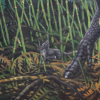 Paleontologists working on a steep river bank in Alaska have discovered fossil evidence of the northernmost marsupial known to science.
Paleontologists working on a steep river bank in Alaska have discovered fossil evidence of the northernmost marsupial known to science. Cooking, cleaning and other routine household activities generate significant levels of chemicals inside the average home, leading to indoor air quality levels on par with a polluted major city.
Cooking, cleaning and other routine household activities generate significant levels of chemicals inside the average home, leading to indoor air quality levels on par with a polluted major city.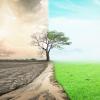 Scientists can be climate advocates without tarring reputations, CU Boulder researchers contend.
Scientists can be climate advocates without tarring reputations, CU Boulder researchers contend.


